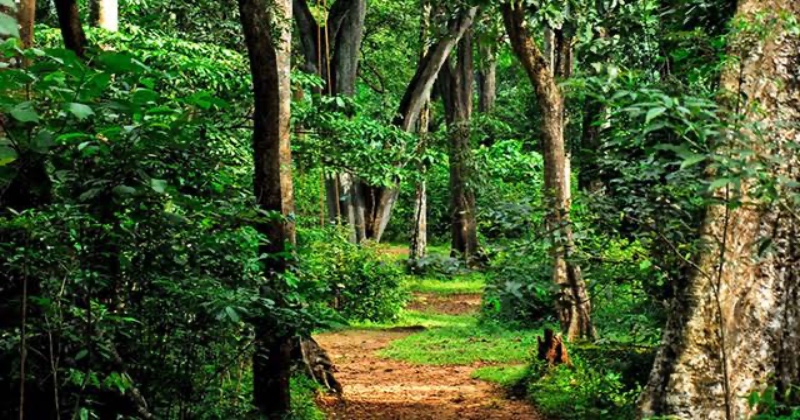
The decision to grant “in-principal” approval for the Kumbhalgarh Wildlife Sanctuary (KWS) in Rajasthan to become a tiger reserve has sparked controversy. Situated on the outskirts of the Aravalli mountain range, KWS is inhabited by indigenous communities such as the Bhil, Garasia, and nomadic Raika pastoralists. These groups oppose the idea of the sanctuary being designated as a tiger reserve due to concerns about displacement. Additionally, there is no documented evidence of a tiger population in the Kumbhalgarh forest.
The National Tiger Conservation Authority (NTCA), India’s top tiger conservation body, has announced the establishment of two new tiger reserves in Rajasthan. This development brings the nation’s total count of tiger reserves to 55. While the Dholpur-Karauli Tiger Reserve has received final approval, the KWS has received “in-principal” approval. Shikhar Agarwal, the additional chief secretary of the environment, forest, and climate change department, referred to this as a significant moment for tiger conservation efforts in Rajasthan. He explained that a committee would be formed to evaluate the reserve’s requirements and adapt it to the needs of wild tigers. Union Minister of Environment, Forest, and Climate Change, Bhupendra Yadav, also lauded the move, anticipating that the tiger reserve status would promote eco-tourism and generate employment opportunities for the local population.
However, experts highlight the absence of documented historical evidence supporting the presence of tigers in the Kumbhalgarh region.

Post Your Comments